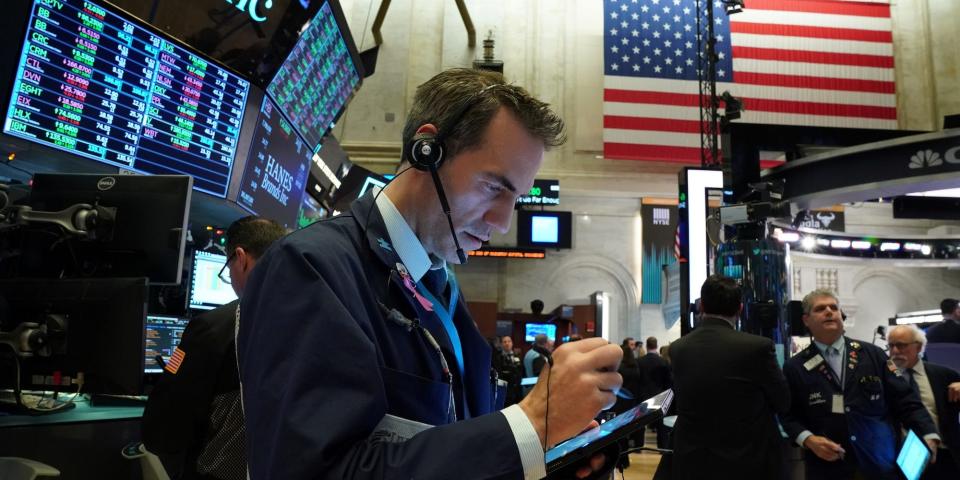A new bull market in stocks won't get the green light until these 3 things happen, Bank of America says

The start of a new bull market in stocks will require three catalysts, according to Bank of America.
While there's limited upside in the short-term because of depressed sentiment, sell the S&P 500 at 4,200, BofA said.
"Don't think Wall St unwinds financial excesses of past 13 years with a 6-month garden variety bear market," BofA said.
The stock market is sending mixed messages to investors as sentiment remains depressed, but big economic risks remain top of mind, according to Bank of America.
Those mixed signals mean the start of a new bull market rally in stocks likely won't materialize until three catalysts happen, BofA's Michael Hartnett said in a Thursday note.
The catalysts required to jumpstart the next bull market in stocks are a peak in inflation, a peak in interest rates, and a Fed pivot by 2023, according to the note. But a pause or cut in the Fed's interest rate hiking cycle is "unlikely without big recession and/or big credit event," Hartnett warned.
On the sentiment side, Hartnett said in a Thursday note that stock market investors should "buy now" as the "only time you've ever seen this level of pessimism and not made money being contrarian long was Lehman."
That depressed sentiment can be seen in BofA's Bull & Bear Indicator, which has been stuck at a reading of 0.0 for weeks. Other sentiment indicators like CNN's Fear & Greed Index and AAII's Investor Sentiment survey also show elevated bearish readings.
"Prices have discounted much bad news and sentiment [is at] rock-bottom," Hartnett said, referring to the more than 20% decline seen in the S&P 500 and Nasdaq 100 earlier this year.
But depressed sentiment doesn't represent an all clear for investors to fully jump back into the market, according to Hartnett, as big economic risks remain on the horizon. Those risks include still-hot inflation readings, rising interest rates, and the real chance of an economic recession.
Additionally, while investor sentiment is at depressed levels, actual fund flow data doesn't entirely back up those feelings. "Everyone [is] bearish but no one has sold," Hartnett said, highlighting that for every $100 of inflows into markets since the start of 2021, there has been just $3 worth of outflows from stocks.
And for those reasons, investors should take some risk off the table and sell stocks when the S&P 500 rises to 4,200, which represents potential upside of about 6% from current levels.
"Positioning closest to green light for risk appetite/trade higher, but profits and policy don't yet give green light for new bull trend; and don't think Wall Street unwinds financial excesses of past 13 years with a 6-month garden variety bear market," Hartnett said.
Read the original article on Business Insider
